Rana temporaria - Common Frog
Phylum: Chordata - Class: Amphibia - Order: Anura - Family: Bufonidae
Identification - Distribution - Lifecycle - Food - Predators - Reference Sources
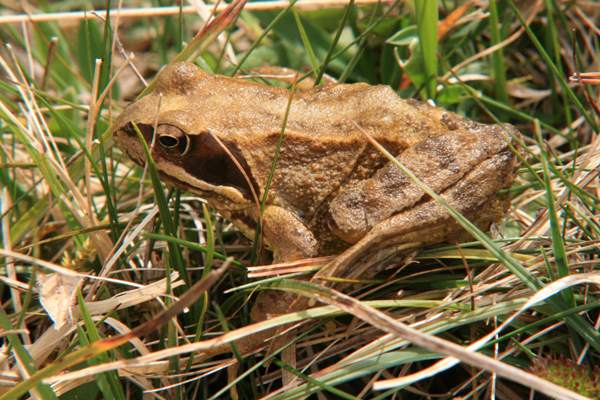
These lively amphibians are very common around streams, rivers, ponds and lakes. Sometimes they can even be found breeding in ditches that dry up completely in summer. Creating a garden pond is a great way of helping to restore our populations of amphibians, including frogs. See our illustrated guide to Making a Garden Pond...
Identification
The backs and flanks of adult frogs vary considerably in colour, with brown, olive green or olive-brown occurring most often; however some frogs are almost grey while others (albinos) are yellow with red eyes, and very occasionally a rufous (reddish) frog is reported. Frogs have the ability to lighten or darken their skin colours to blend in with the background of their surroundings.
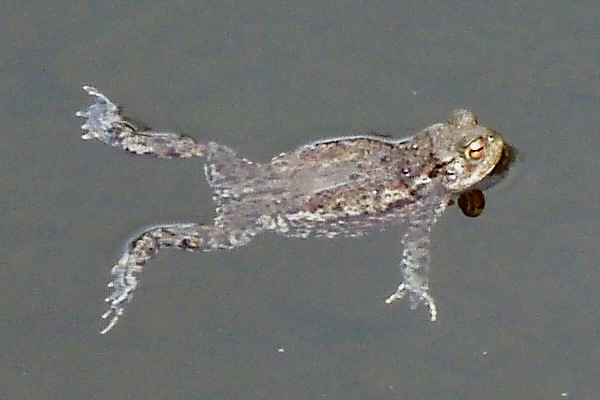
Common Frogs are more angular in body shape than Common Toads and unlike other amphibians they do not have a distinct dorsal stripe. In any case confusing the two species is most unlikely because a frog's moist smooth skin readily distinguishes it from the dry, warty-skinned Common Toad. In size frogs and toads are quite similar. A full-grown adult Common Frog has a body length of 6 to 9cm, with (as is the norm with amphibians) the females on average slightly larger than the males.
Distribution
The Common Frog can be found throughout Britain, Ireland and across mainland northern and central Europe as far south as northern Italy and the northern fringe of the Iberian Peninsula. Westwards its range extends across Asia and into Japan.
Food
The diet of tadpoles of the Common Frog is mainly vegetarian, but adults are not fussy feeders and they will eat pretty much any small creature that they can catch. Their diet includes insects, spiders, slugs and worms. Frogs do not feed during their breeding season.
Predators
Common Frogs are eaten by many kinds of animals including Grass Snakes as well as Grey Herons and other water birds. Among the mammals partial to frogs are Mink, Badgers and Otters.
Lifecycle
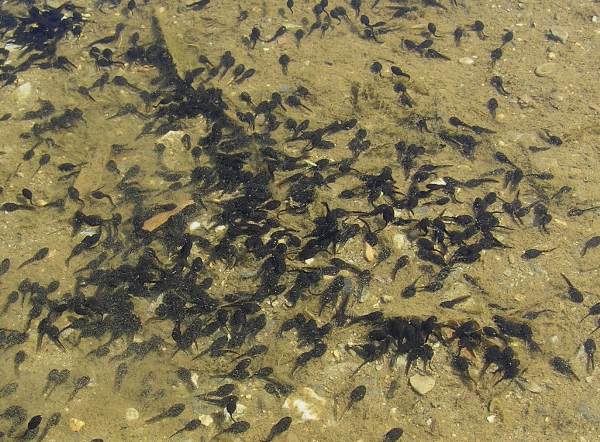
The male Common Frog puffs up its throat and then lets out a croaking sound. Common Frogs mate in early spring. In Britain and Ireland you may see paired frogs around the margins of ponds and slow-flowing rivers in late February, March and early April, and soon afterwards the frogspawn appears in large blobs.
Toads shed their spawn later in the spring; they leave it in long ribbons and so it is easily distinguished from frogspawn.
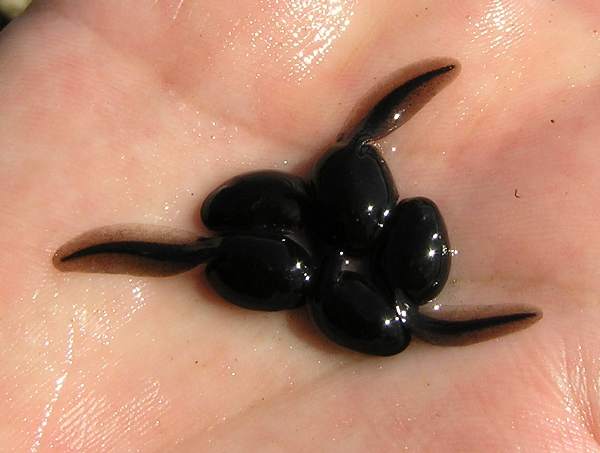
After spawning the adult frogs leave the water, where they are vulnerable to predators, and head back to cover in ditches, damp grassland or wet woodland.
In a few weeks, depending on how cold the water is, tadpoles emerge from the spawn. They swim near the edges of lakes, often in vast numbers. (It is just as well that frogs produce much more than an heir and a spare, because all sorts of other creatures including fish, snakes, mammals and birds eat a lot of tadpoles!) After a while, little gold spots appear on the tadpoles - toad tadpoles remain black, so it is easy to tell which are which - and then tiny legs are formed and soon afterwards the tail drops off. The young froglets are particularly vulnerable to predation by Herons.
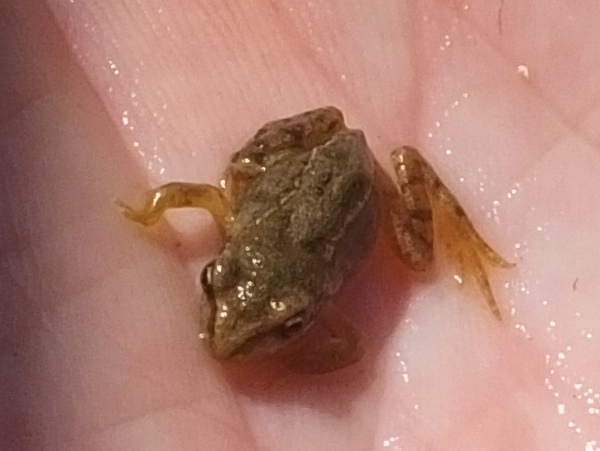
Reference Sources
Matching the Hatch by Pat O'Reilly (2017) - learn all about aquatic insects and other small water creatures that feature in the diet of toads.